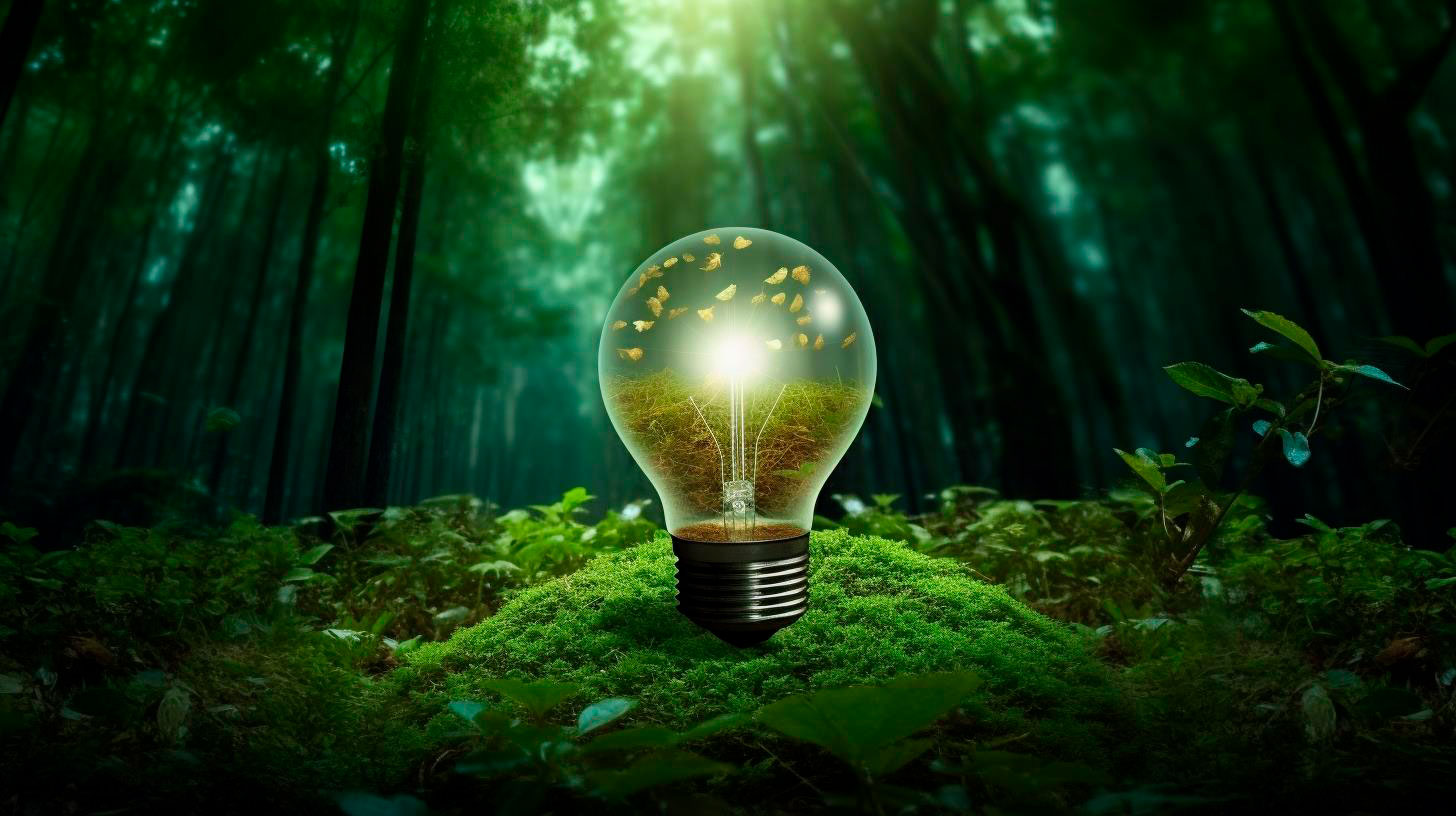The Liquid Power: How Renewable Energy Empowers Water Conservation
This blog article explores the various ways in which renewable energy can help conserve water resources and contribute to a more sustainable future.
The Water-Energy Nexus:
The interconnected relationship between water and energy, often referred to as the water-energy nexus, highlights the inherent dependence of each resource on the other. Traditional methods of energy generation, such as fossil fuel combustion, consume vast amounts of water for cooling purposes, leading to significant water usage and depletion. Conversely, water supply and treatment facilities require substantial amounts of energy to extract, treat, distribute, and dispose of water resources. This interdependency underlines the need for innovative solutions that pursue energy generation while minimizing water consumption.
Solar Power: Illuminating Water Conservation
Solar power, the harnessing of energy from the sun, offers numerous advantages for water conservation:
- Reduced Water Consumption: Solar photovoltaic (PV) panels generate electricity without the need for water, unlike conventional power plants. This reduces the overall water consumption for energy production, preserving this precious resource for other essential needs.
- Off-Grid Water Solutions: In remote areas lacking access to electric power lines or those affected by natural disasters, solar-powered water pumps and purification systems can be deployed. These systems rely on renewable energy sources, freeing communities from dependence on water supply infrastructure that consumes electricity.
- Integration with Desalination: Solar energy can be seamlessly integrated with desalination processes, which convert seawater into freshwater. Solar-powered desalination plants provide a sustainable solution for addressing water scarcity by reducing reliance on conventional, energy-intensive methods.
Wind Power: Harnessing Nature for Water Conservation
Wind power, the utilization of wind energy to generate electricity, presents unique opportunities to promote water conservation:
- Waterless Generation: Wind turbines convert wind energy into electricity without consuming water, making it an efficient alternative to conventional power plants that rely on water for cooling. By embracing wind power, we can significantly reduce water waste in energy production.
- Supplementing Irrigation: Wind turbines can provide renewable energy to power irrigation systems used in agriculture. By reducing reliance on fossil fuel-based irrigation pumps, wind power helps conserve water resources in agricultural practices.
- Combating Drought: Wind power can indirectly contribute to water conservation by reducing greenhouse gas emissions, which helps mitigate climate change. By combating drought and preserving water resources, wind energy plays a pivotal role in maintaining ecological balance.
Key Takeaways
When it comes to the liquid power of renewable energy and water conservation, here are some key takeaways to remember:
- Renewable energy technologies such as solar and wind power are instrumental in minimizing water consumption for energy generation.
- Solar power offers reduced water consumption, off-grid water solutions, and integration with desalination processes.
- Wind power provides waterless generation, supplementing irrigation systems, and combating drought through reduced greenhouse gas emissions.
- The water-energy nexus underscores the need for sustainable solutions that intertwine energy generation and water conservation.
By embracing renewable energy and its pivotal role in water conservation, we can create a more sustainable future and ensure the availability of water for generations to come.
